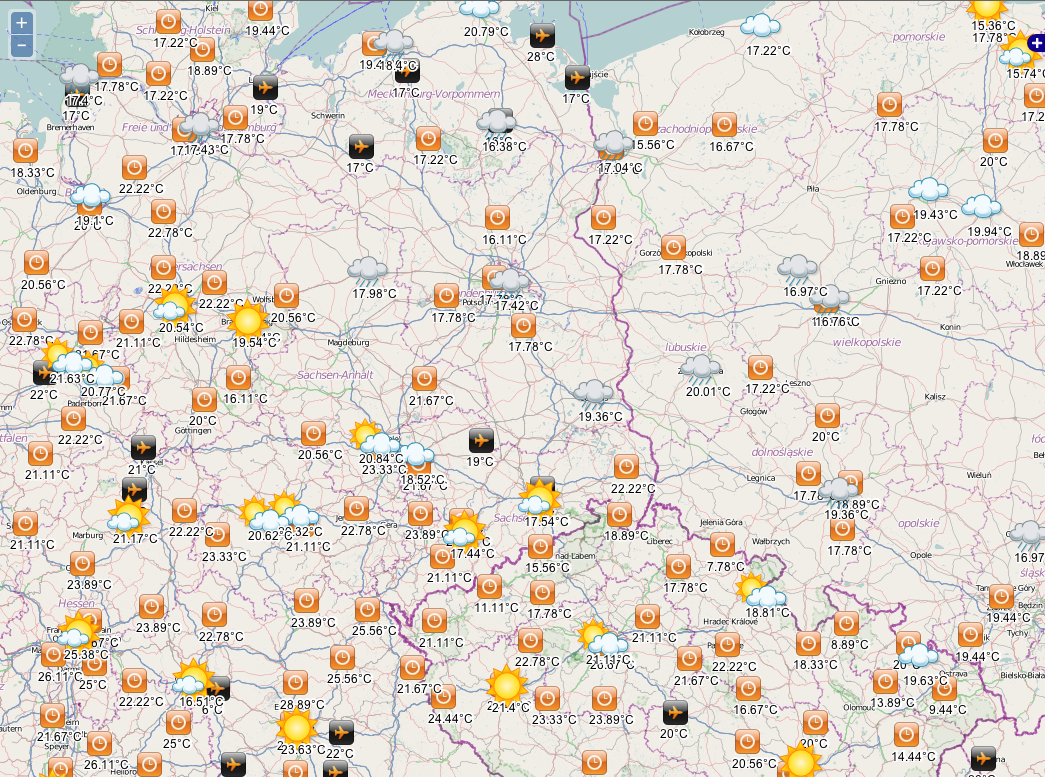

Choose from Both, At begin, At end, or None. Markers are placed at the ends of the line as specified by the Extremities property. Use the Offset from edge property to move the marker in or out of the polygon.Ī caution marker on the outline of a hatched fill symbolizes a hazardous area. Location specified by the Position property. Hurricane markers increasing in size along a stroke symbolize a hurricane path.Ī single marker is placed around the polygon at the Endings are set the same way as with the Along line placement.Ĭheck the Place per part property to position markers in each part of a multipart feature. The markers are always oriented to the line, but you can randomize the offset off the line with the Maximum random offset property. Markers are evenly spaced along the line or polygon outline according to the Placement template property, but the size varies progressively, as specified by the Minimum zoom, Maximum zoom, Size count, and Method properties. Irregularly shaped markers placed at random sizes and angles symbolize a rocky coastline. Offsets and endings are set the same way as with the Along line placement. Markers are evenly spaced along the line or polygon outline according to the Placement template property, but the size and placement orientation is randomized, as specified by the Randomization property. Triangle markers placed at even intervals along a stroke symbolize a cold weather front. Use the Offset property to push all markers along the line. When the Endings property is set to Custom, you can set Custom offset to adjust how markers fall in relation to the end of the line. Set the Endings property to With half gap for a seamless progression from one connecting line to another. Set the Perpendicular offset property to place markers away from the line.ĭecide whether to draw endings with a marker, a gap, or no constraint by setting the Endings property. A placement template of 10 2 places a marker at 10 points along the line, another one 2 points farther, another one 10 points farther than that, and so on.Ĭheck the Angle to line property to orient the markers to the line instead of pointing up. A placement template of 10 places a marker every 10 points (or other unit as defined by the 2D symbol display unit).
#Open weather map icon resize series
Having all stations plotted on a map guides you as to where high- and low-pressure systems, fronts, and the like are located, which ultimately helps you decide where to draw them in.Markers are evenly spaced along the line or polygon outline according to the Placement template property, which can be a single number or a series of numbers. But if you'll be analyzing a weather map by hand, station plot data is often the only information you start off with. If a weather map has already been analyzed, you'll find little use for the station plot data. Sky cover (also as one of NOAA's symbols).Current weather (marked as one of dozens of symbols established by National Oceanic and Atmospheric Administration or NOAA).Dewpoint temperature (degrees Fahrenheit).Air temperature (in degrees Fahrenheit).They include reports of a variety of weather data at that location: Station plots describe the weather at a station location. (When reading the chart, note whether the time of year is daylight saving time or standard time and read accordingly.)Īs seen here, some surface weather maps include groupings of numbers and symbols known as weather station plots. If you're in California (which is Pacific Coastal Time) and the UTC issue time is "1345Z" (or 1:45 p.m.), then you know that the map was constructed at 5:45 a.m. If you're new to Z time, using a conversion chart (like the one shown above) will help you easily convert between it and your local time. Known as Zulu or Z time, this figure is included on a weather map so that all meteorological weather observations (taken at different locations and therefore, in different time zones) can be reported at the same standardized times no matter what the local time might be. It tells you when the weather map was created and also the time when the weather data in the map is valid. One of the first coded pieces of data you might notice on a weather map is a 4-digit number followed by the letters "Z" or "UTC." Usually found at the map's top or bottom corner, this string of numbers and letters is a timestamp.


 0 kommentar(er)
0 kommentar(er)
